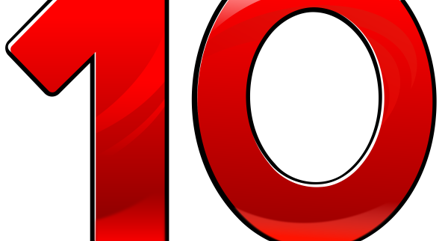
10 Lot Dilema
The core to establishing analytical similarity is creating a statistically valid package that shows the reference product is statistically the same as the biosimilar candidate. In order to evidence and show analytical characterization FDA recommends a three tier approach which requires the procurement and comparative testing of at least 10 lots of reference material to be compare to 10 lots of biosimilar candidates in order to establish statistically significant comparison. Prior to starting the analytical characterization exercise the FDA also recommends the establishment of Quality Target Profile and Critical Quality attributes (CQA)
CQA
Establishing Critical Quality Attribute is key part of establishing analytical characterization acceptance criteria. The FDA recommends the ranking of critical quality attributes (CQAs) based on clinical risk and immunogenicity potential. After ranking is completed the agency suggests classifying all relevant CQAs into three tiers.
1. Tier 1 – CQAs with the highest risk relevant to clinical outcomes. Tier 1 would generally require the evaluation of methods and assay that evidence clinically relevant mechanism(s) of action of the product.
2. Tier 2- CQAs lower risk associated with clinical outcome and may impact the quality release criteria for a product.
3. Tier 3 – CQAs with the lowest risk or least impact on clinical outcomes.
After establishing the critical quality attributes FDA recommends that the statistical evaluation is powered to ensure biosimilarity conclusion.
The number of Lots determines the power of your study and increases the statistical significance of similarity conclusion. To better understand the impact on the number of lots we can use a table and calculations derived by Dr. Shein-Chun Chow from the University of Duke.
His model depicts the implication of the number of lots on the power of the analytical similarity study. In his analysis which uses a balanced approach where there are equal number of reference product (RP) and Test product (TP) he calculates the impact when the number of lots is less than 8 and shows that 10 lots may be optimal to demonstrate statistical similarity conclusion.
The following shows the statistical power that is calculated based on the total number of lots. This assumes equal number of lots and in first case where there are six which equates of 12 total lots ( 6 RP and 6 TP). The value below show how the number of lots impact the statistical power of the study. In the first line it shows that in a balanced approach using SIX lots Reference Product and Six lots of Test Product the power the statistical power will is calculated to be 74%.
Six – 74%
Seven – 79%
Eight – 83%
Nine- 86%
Ten -87%
The major issue comes from the availability of lots in the market place. In order to accomplish this most biosimilar developers start procurement of material at the early stages of their development process. The issue here is that in most cases the development programs are usually longer than the shelve life of the reference product.
What do I do with product with short shelf life ?
As the analytical similarity exercise comes into its final planned date there is likelihood that some of the products that were used to file IND may have already expired or may expire during the similarity exercise. In this case we at Biosciences Corp propose that you conduct a freeze/thaw experiment with the innovator product for the purpose of salvaging innovator material that was purchased. This experiment is conducted to see if freezing the product can slow down the degradation of the molecule and when thawed it does not create any unwanted impurities. It’s critical to test the impact of the highest ranking CQAs to avoid any issue during similarity exercises.
Reference Product procurement strategy ?
We also recommend a continuous process for procuring innovator material. In this case there is a need to generate a list of providers that can procure material from the various countries. Most companies plan to submit their biosimilar candidate for both US and EU and will require a provider that can procure this material in timely manner and most importantly ensure the integrity of the material and proper transportation. We recommend establishing a five year schedule that is gated based on expiration dates of the reference product and create an early plan to freeze the material that can increase shelf life of the procured lots.
The key considerations in selecting a procurement partner are timeliness,quality assurance of material, trace-ability and control throughout the transportation process. The chain of custody must be evaluated and examined throughout the process to reduce issue that may come about during the transportation process.
The ten lot rule proposed by the FDA is not cast in stone and we believe there may be some flexibility and would proposed that prior to finalizing you analytical similarity protocol you have it reviewed by the agency. The similarity protocol should be given the same importance as your clinical protocols.
We at Biosciences corp have developed a group of resources that can enable the procurement process of reference product around the globe. We also have created freeze/thaw protocols that can allow for the conservation of aging products that will allow the usage of aging lots. If you have a need for any procurement of material please contact [email protected]
As always I welcome your comments and you can contact me at [email protected] or [email protected]